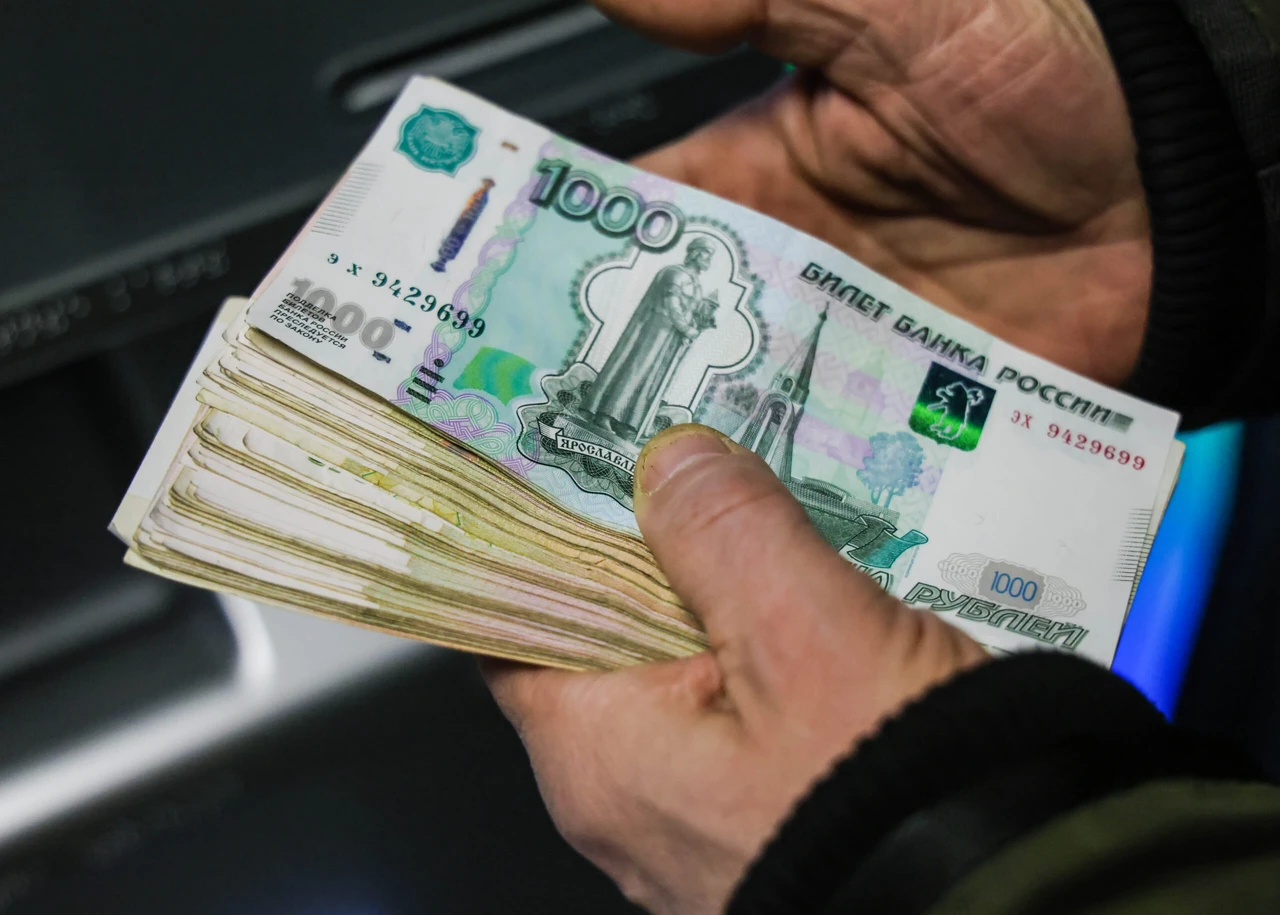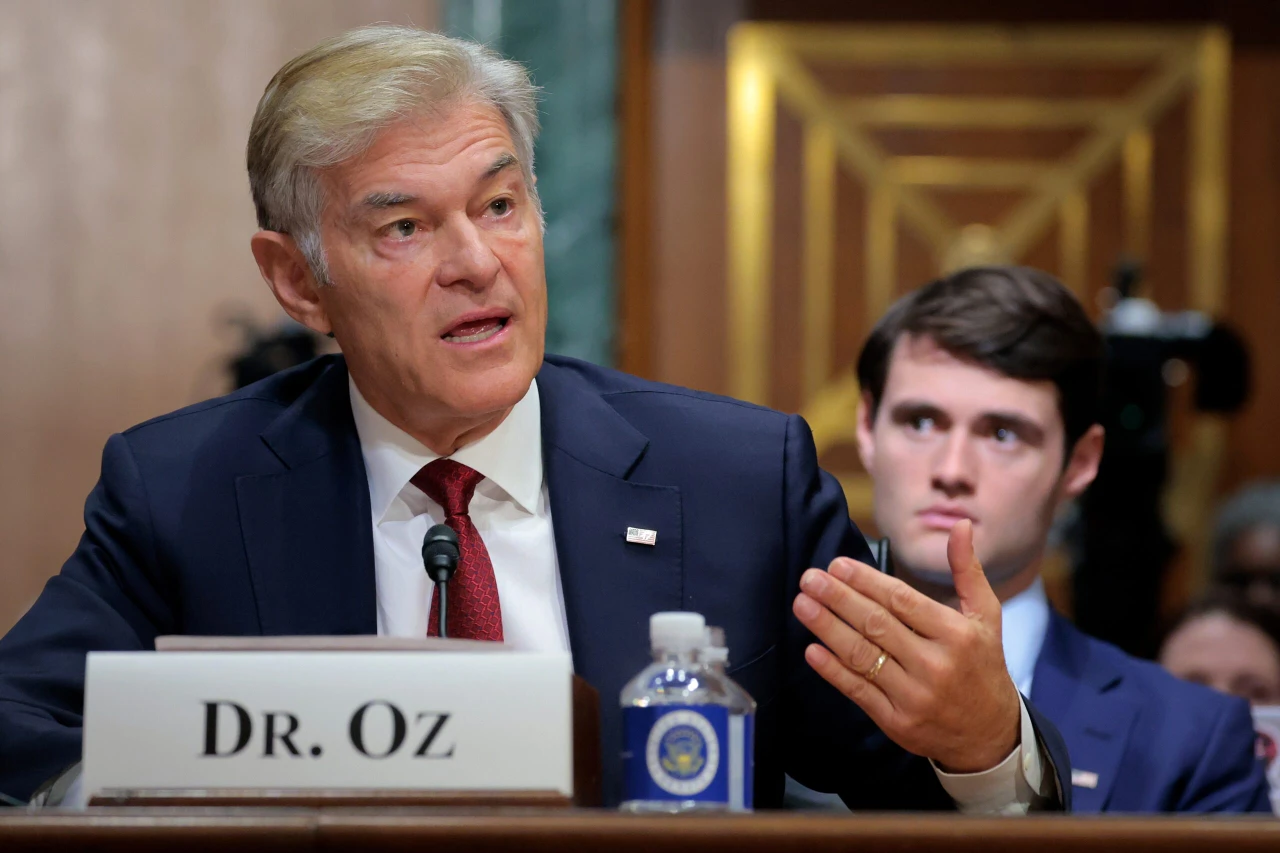Russia seeks innovative solutions to payment problems amid sanctions
 A person holds cash withdrawn from an ATM machine at a Sberbank branch. On February 24. (Photo by Anton Novoderezhkin via TASS)
A person holds cash withdrawn from an ATM machine at a Sberbank branch. On February 24. (Photo by Anton Novoderezhkin via TASS)
The Russian government and business community are actively seeking innovative solutions to overcome banking and international payment challenges because of sanctions imposed on the country.
Russia’s exclusion from the Society for Worldwide Interbank Financial Telecommunication (SWIFT) payment system, following its involvement in Ukraine’s invasion, has disrupted imports and exports, significantly impacting the Russian economy.
SPFS: Russia’s alternative to SWIFT
In response to these challenges, Russia developed the System for Transfer of Financial Messages (SPFS) as an alternative to SWIFT – launching it in late 2017. By 2023, over 400 financial institutions had adopted SPFS.
Additionally, Russia created its own Mir payment system to replace Visa and Mastercard, which soon became another target of Western sanctions.
Trade in national currencies
Russia is now focusing on conducting trade in national currencies, aiming to reduce its reliance on the US dollar and the euro. The country has made trade agreements with Asian and Gulf nations to use the Russian ruble, Chinese yuan or Indian rupee – particularly in energy trade with China and India.
At the St. Petersburg International Economic Forum in June, President Vladimir Putin announced that the share of the dollar and euro in Russia’s exports would be halved in 2023, while the ruble’s share would increase to 40%.
Russia’s goal is to boost the share of non-dollar and non-euro currencies in its international trade to 80% by 2030. However, challenges persist, particularly in India, where the non-convertible nature of the rupee and sanction threats on banks complicate trade.
BRICS bridge digital payment platform
The BRICS group, comprising Brazil, Russia, India, China, South Africa, Iran, Egypt, Ethiopia and the United Arab Emirates, is crucial for Russia’s shift away from Western trade.
Russia is developing the BRICS Bridge digital payment platform to reduce dependence on the dollar and euro.
This platform aims to be compatible with digital currencies in the blockchain developed by central banks.
Cryptocurrency boom in Russia
Cryptocurrencies have gained prominence in Russia, despite the central bank’s initial call for a total ban in 2021.
The government now views cryptocurrencies as a means to bypass traditional financial systems. The State Duma, Russia’s lower house of the Federal Assembly, passed a bill on July 30 legalizing crypto mining and another on Feb. 27 allowing the use of digital financial assets in international payments.
Central Bank of Russia Governor Elvira Nabiullina stated that the use of cryptocurrencies in international trade could begin by the end of 2024.
Although many countries are still developing regulations for cryptocurrencies, the Central Bank of Russia launched a trial run of the digital Russian ruble last year, expecting widespread adoption in the coming years.



